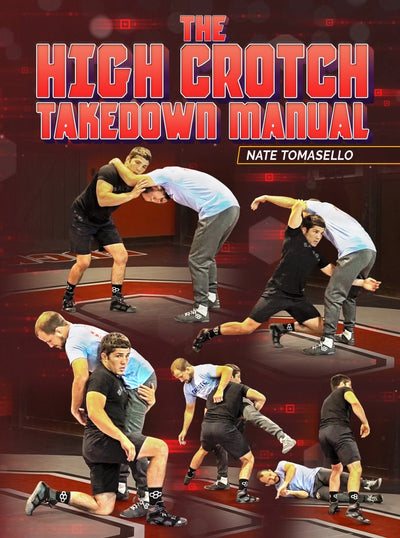Wrestling Locked Hands Rule
In the sport of wrestling, rules and regulations are put in place to ensure fair competition and maintain a level playing field. One such rule that can significantly impact a match is the wrestling locked hands rule. In this piece, we will delve into the intricacies of this rule, while also exploring various wrestling techniques such as the headlock, wrestling locks, leg lock wrestling, key lock wrestling, and ankle lock wrestling.
What this article covers:
- Understanding the Wrestling Locked Hands Rule
- Wrestling Headlock
- Wrestling Locks
- Leg Lock Wrestling
- Key Lock Wrestling and Ankle Lock Wrestling
Understanding the Wrestling Locked Hands Rule:
The wrestling locked hands rule, also known as the locked-hands violation, is a regulation implemented to prevent a wrestler from gaining an unfair advantage during certain positions. This rule typically comes into play when a wrestler wraps their arms around their opponent's waist or body and then proceeds to lock their hands together in a specific manner. The violation occurs when the wrestler maintains the locked hands for an extended period, restricting their opponent's freedom of movement and potentially impeding their ability to defend or counterattack.
V BLOCK SECRETS DEFENSES FROM EVERYWHERE is available from Ivan Delchev and FanaticWrestling.com!
Wrestling Headlock:
While the locked hands rule primarily focuses on controlling the opponent's body, the wrestling headlock plays a prominent role in the sport. By encircling the opponent's head with an arm, the wrestler can assert control, limit their movement, and set up various offensive or defensive maneuvers. It is essential to execute the headlock correctly to avoid triggering the locked hands violation while effectively utilizing it as a strategic tool within the confines of the rules.
Wrestling Locks:
Wrestling locks encompass a range of techniques that target specific areas of the opponent's body, exploiting joints and restricting movement. While some locks may come into conflict with the locked hands rule, others can be employed within its boundaries. Arm locks, wrist locks, and key locks, when executed correctly and without violating the locked hands rule, provide wrestlers with opportunities for control and potential submissions, showcasing their technical prowess and understanding of the rule set.
Leg Lock Wrestling:
As the locked hands rule primarily pertains to upper body engagement, leg lock wrestling allows wrestlers to focus on manipulating their opponent's lower extremities. Techniques such as the figure-four leg lock or ankle lock can be applied strategically, targeting the legs and ankles to compromise balance, hinder mobility, or force a submission. Wrestlers skilled in leg lock wrestling must be cautious not to violate the locked hands rule when attempting to secure these locks, requiring precision and adaptability.
Key Lock Wrestling and Ankle Lock Wrestling:
The key lock and ankle lock are powerful techniques in wrestling, relying on precise control and manipulation of the opponent's joints. However, wrestlers must execute these techniques while adhering to the locked hands rule. The key lock involves isolating and manipulating the shoulder joint, while the ankle lock focuses on applying pressure to the ankle. Wrestlers well-versed in these techniques must be aware of their hand positioning and timing to avoid triggering a locked hands violation.
V BLOCK SECRETS DEFENSES FROM EVERYWHERE is available from Ivan Delchev and FanaticWrestling.com!
In the realm of wrestling, the locked hands rule serves as a safeguard against potential imbalances and unfair advantages. Wrestlers must navigate this rule while skillfully employing techniques like the headlock, wrestling locks, leg lock wrestling, key lock wrestling, and ankle lock wrestling. By understanding and adhering to the regulations, wrestlers can showcase their proficiency, adaptability, and strategic thinking within the confines of the rule set, ensuring a fair and competitive environment for all participants.
Did You Enjoy This Piece? Check out Other Wrestling Moves:
- Wrestling Arm Lock
- Bearhug Wrestling
- Wrestling Lock Up
- Indian Deathlock Wrestling
- Master Lock Wrestling Move
- The Grapevine Wrestling Move
- The Backbreaker Wrestling Move
- Spear Wrestling Move
- F5 Wrestling Move
- Corkscrew Wrestling Move
- Wrestling Move Tilts
- Wrestling Moves from Neutral
- Wrestling Techniques
- Best Wrestling Finishers
- Catch Wrestling Techniques










